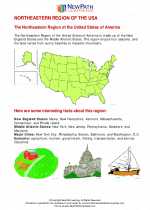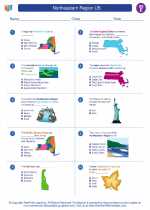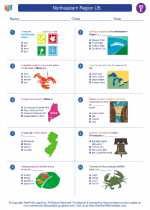Asia
Asia is the largest and most populous continent on Earth, covering about 30% of the Earth's land area and hosting over 60% of the world's current human population. It is located primarily in the Eastern and Northern Hemispheres and is bordered by the Arctic Ocean to the north, the Pacific Ocean to the east, the Indian Ocean to the south, and Europe and Africa to the west.
Geography
Asia is home to a diverse range of geographical features, including the world's highest mountain, Mount Everest, and the lowest point on land, the Dead Sea. It also contains vast plains, plateaus, deserts, and some of the longest rivers in the world, such as the Yangtze, Mekong, and Ganges.
Countries
Asia is made up of 49 countries, including China, India, Japan, Russia, and Indonesia. Each of these countries has its own unique history, culture, and traditions, making Asia a region of great diversity.
Cultures and Religions
Asian cultures are rich and varied, with influences from ancient civilizations such as the Indus Valley, Mesopotamia, and the Silk Road. The continent is also the birthplace of many of the world's major religions, including Hinduism, Buddhism, Islam, and Confucianism.
Economy
Asia is a major economic hub, with some of the world's largest and fastest-growing economies. It is a leading producer of goods such as electronics, textiles, and automobiles, and is also known for its significant contributions to technology and innovation.
Study Guide
As you study Asia, be sure to familiarize yourself with the geographical features, countries, cultures, religions, and economies of the region. Pay attention to the historical significance of Asia and its role in shaping the modern world. Understanding the complexities and diversity of Asia will provide valuable insights into global issues and relationships.
Key points to focus on include:
- Geographical features such as mountains, rivers, and deserts
- Major countries and their contributions to the region and the world
- Cultural and religious diversity
- Economic developments and innovations
- Historical events and influences
◂Social Studies Worksheets and Study Guides Fifth Grade. Northeastern Region US

 Worksheet/Answer key
Worksheet/Answer key
 Worksheet/Answer key
Worksheet/Answer key
 Worksheet/Answer key
Worksheet/Answer key
